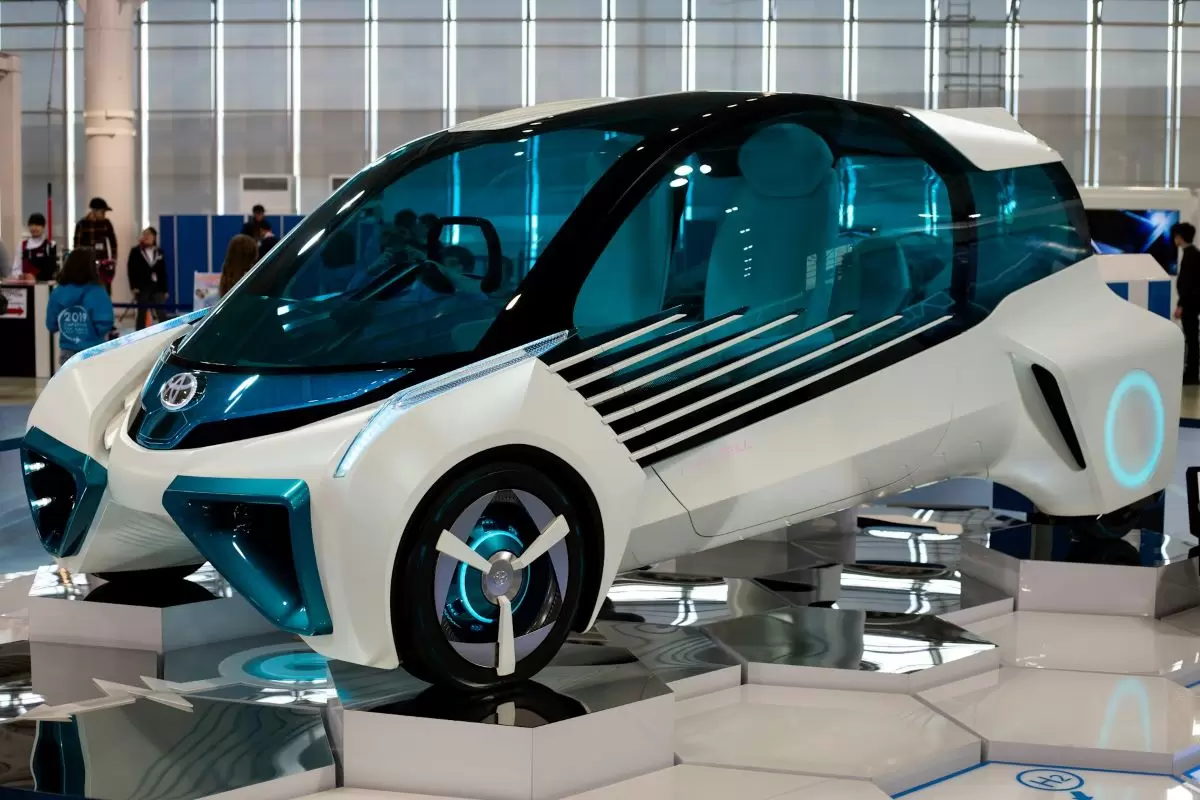The automobile industry in Japan is renowned for its technological innovation, efficiency, and global reach. As one of the most significant contributors to the country’s economy, this industry has not only revolutionised domestic transportation but has also shaped global automotive trends. From its humble beginnings to its status as a global powerhouse, the Japanese automobile industry serves as a model of resilience, adaptability, and forward-thinking.
Historical Overview
Japan’s automobile industry began in the early 20th century, but it wasn’t until the post-World War II era that it truly flourished. Companies like Toyota, Nissan, and Honda spearheaded efforts to rebuild the nation’s economy through manufacturing. By focusing on fuel efficiency, reliability, and affordability, Japanese automakers gained significant market share both domestically and internationally by the 1970s.
The oil crisis of 1973 was a pivotal moment for the industry. Japanese manufacturers, already pioneers in fuel-efficient technology, became global leaders as consumers sought economical alternatives to fuel-guzzling vehicles. This success laid the foundation for Japan’s dominance in the automobile market, a position it continues to hold today.
Key Players and Global Impact
Japan is home to some of the world’s largest automobile manufacturers, including:
- Toyota: As the largest automaker in the world by volume, Toyota has consistently set benchmarks for quality and innovation. Its development of hybrid technology, exemplified by the Prius, has influenced global environmental standards.
- Honda: Known for its versatile lineup ranging from motorcycles to luxury vehicles, Honda is a leader in engineering and design.
- Nissan: With its pioneering work in electric vehicles (EVs) through models like the Nissan Leaf, the company has established itself as a key player in sustainable transportation.
Other notable players include Suzuki, Subaru, and Mazda, all of which contribute to Japan’s global automotive footprint.
Japanese automakers have also set up production facilities worldwide, from North America to Southeast Asia, creating jobs and fostering technological exchange. This global integration underscores their influence in shaping the modern automobile industry.
Technological Innovation

Japanese automakers are synonymous with innovation. They have consistently led advancements in:
- Hybrid and Electric Vehicles: Toyota’s Prius was the first mass-produced hybrid car, and Nissan’s Leaf remains one of the best-selling electric vehicles globally.
- Automation and Robotics: Japanese manufacturers were early adopters of robotics in production lines, setting standards for efficiency and precision.
- Autonomous Driving and AI: Companies like Honda and Toyota are heavily invested in research on autonomous vehicles and AI-driven safety features.
- Hydrogen Fuel Cells: Toyota’s Mirai is a trailblazer in hydrogen fuel cell technology, offering a glimpse into a zero-emission future.
Challenges and Future Prospects
Despite its strengths, the Japanese automobile industry faces significant challenges:
- Aging Population: Japan’s declining population and low birth rate could reduce domestic demand for automobiles.
- Global Competition: Rivals from South Korea, the United States, and China are intensifying competition in global markets.
- Environmental Regulations: Stricter global emissions standards require continuous innovation in green technologies.
- Electrification Race: As the global market shifts towards electric vehicles, Japanese automakers must accelerate their EV strategies to stay competitive.
However, Japan’s strong culture of innovation and adaptability positions it well to overcome these hurdles. With government support and strategic investments in new technologies, the industry is poised for sustained growth.
Conclusion
The automobile industry in Japan is more than just an economic sector; it is a symbol of the country’s industrial prowess and commitment to innovation. From developing groundbreaking technologies to setting global standards in quality and sustainability, Japanese automakers have left an indelible mark on the world. As the industry navigates a rapidly changing landscape, it remains a beacon of excellence and ingenuity, continuing to drive Japan’s economic and technological future.
Eos has over 15 years of experience serving the Japanese market. Check our services here or book a free consultation now.
Photo by Hiroyoshi Urushima on Unsplash
Read more:







